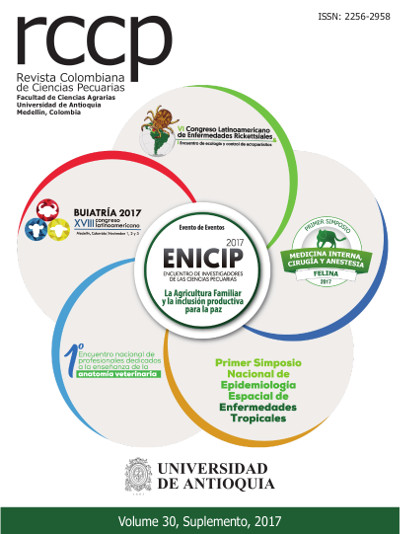Epidemiology and clinical features of flea-borne rickettsioses
DOI:
https://doi.org/10.17533/udea.rccp.330595Abstract
Murine typhus is a flea-borne rickettsiosis caused by Rickettsia typhi. The disease is endemic to tropical and subtropical regions throughout the world. It is likely vastly under-recognized as a cause of febrile illness. Rats serve as the classic reservoir and transmit the bacterium to their fleas –Xenopsylla cheopis. In North America, an alternate cycle of transmission has been identified involving opossums and Ctenocephalides felis. Disease manifests as an undifferentiated febrile illness, similar to a host of other community acquired or vector-borne infectious diseases. Accompanying symptoms often include headache, myalgias, nausea, and vomiting. On physical exam, rash is present in only 50%. When rash is absent, clinicians often neglect to consider a rickettsial illness. Laboratory abnormalities include elevated hepatic transaminases, thrombocytopenia, and hyponatremia. Serology is the mainstay of diagnosis, and doxycycline is the medication of choice. Rickettsia felis, transmitted by Ct. felis, is described as causing a febrile illness similar to murine typhus and other rickettsioses. More recent descriptions identifying the presence of R. feliz DNA within febrile and afebrile subjects in sub-Saharan Africa, in those with malaria, and in a variety of environmental samples has raised intriguing questions regarding the pathogenicity of the organism. Other R. felix-like organisms have been detected and isolated from fleas, but the role of these organisms in human disease is currently unknown.
Downloads
Downloads
Published
How to Cite
Issue
Section
License
The authors enable RCCP to reprint the material published in it.
The journal allows the author(s) to hold the copyright without restrictions, and will allow the author(s) to retain publishing rights without restrictions.






